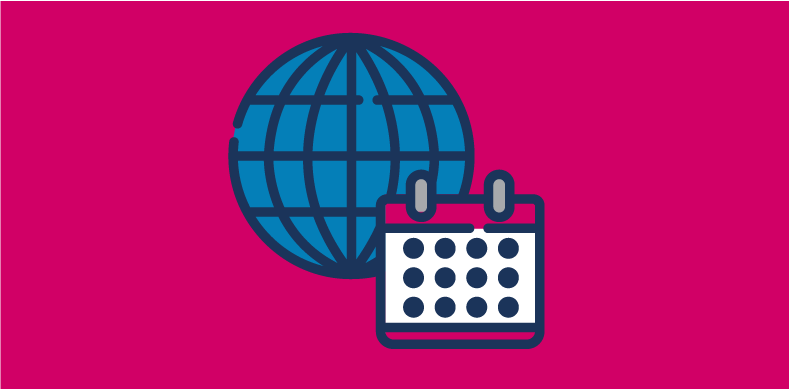How Effective Scheduling and Absenteeism Impact on Your Bottom Line
Lost productivity due to absenteeism is costing your security or cleaning business in more ways than one. But you can turn it around with an industry-specific workforce management solution.
According to a recent study, absence rates in the UK average 5.9 days per employee per year, with other factors like presenteeism and leaveism impacting the company over the long-term when factoring in cost, employee well-being and productivity. Lost productivity also means business owners are subject to requests for time off from employees at times they can’t accommodate or cover, and extra work from clients they can’t accommodate or fulfill. Unfortunately, this can create the perspective that you offer poor customer service, which in turn has a serious impact on your company’s reputation when you’re delivering services such as guarding and cleaning support. Clients have to have confidence in your service delivery, so how do you address this?
The key is global workforce management tool built with your specific business challenges in mind. It needs to be built for a service provider that not only needs to identify its obligations to its employees, but one that is conjoined with its obligations under a contract for service. This is not a simple time and attendance system or generic workforce management system, but a highly specialised offering from a partner who works exclusively for businesses like yours. Here are five tips for what to look for.
1. Contracted/planned versus actual
Look for data and intelligence on your commitment to your customers versus how you’re actually performing. Are you delivering your KPIs and meeting SLAs? A global workforce management solution presents management data on all of this, in real-time, as schedules or plans translate into your actual delivery to help you make informed decisions. This scheduling functionality enables you to deliver against the most rigorous service demands.
2. Automated processes to tackle instances of unplanned absence
In case of no-shows, time off or late request for extra personnel, a global workforce management tool makes analysis of available resources (people) and the subsequent communication with them very easy and very quick. Workers can see which shifts are available while employers can easily call out for additional resources in times of holidays or sickness. It becomes a genuine collaboration tool for the company, from being able to offer availability to work an extra shift or two, to generating new business opportunities for an organisation. Moreover, two-way messaging systems drive down the time to fulfilment and ease the burden of delivering a high-quality service.
3. Multiple schedules
Fulfilling contractual obligations relies on the ability to effectively schedule your people, but this is always a complex activity. If your preferred solution can operate multiple schedule types, this makes workforce management a more effective process as you will be able to accommodate the various demands from both clients and employees. As you know, there is no “one size fits all” when it comes to guarding and cleaning resources. Flexible working, operational windows and fixed delivery demands challenge your operation, so you need a tool that can help handle all of that by allowing you to configure your schedules to fit each customer or employee scenario.
4. Response and event management
If you’re required to operate a contract that requires minimal staffing for 90% of the year and then peaks for short periods, demanding the recruitment and management of hundreds or thousands of personnel, it can be an administrative and logistical nightmare. The resourcing and event management functionality of a global workforce management tool allows you to handle this scenario with ease by helping you to source, vet, employ, manage and monitor your talent.
5. Integrated rules and matching processes
This aspect of a solution allows you to add value as the plan you schedule is the plan you follow. Protect your business from under- or over-delivery, poor skills mixes on-site, or contracting an inappropriate selection of employees. Margins are already paper thin so you need to defend them from erosion. You need a platform that will help you do that, but one that won’t throttle or frustrate your operation and cause you more issues than it solves.
